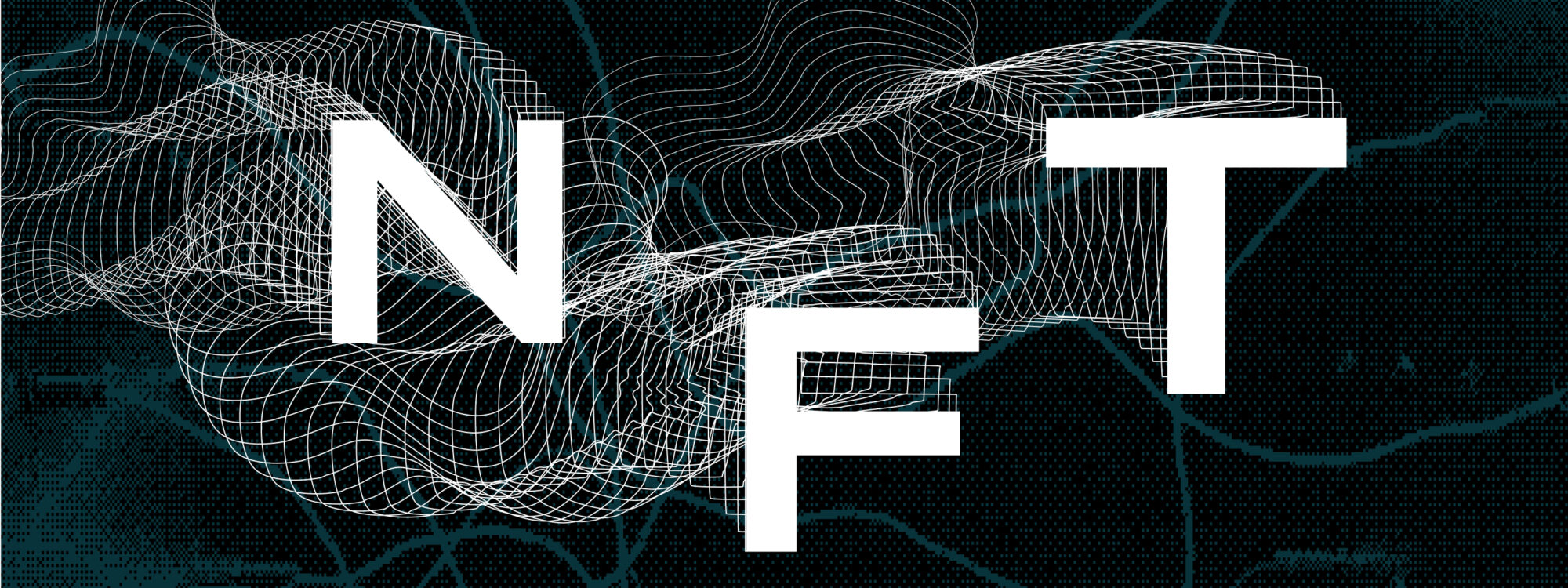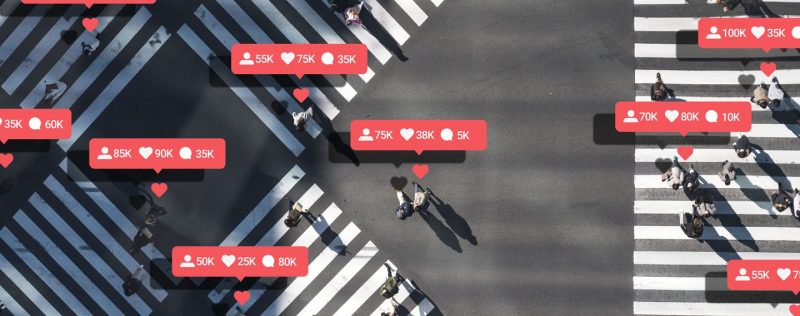Is NFT Marketing Just A Buzz Phrase?
Related Services
Credits
Writer: Dejan Kvrgic

Investing in content is always worth the effort, but it involves much more than merely creating content.
Some are already creating their digital collectibles based on NFTs. Others are praising them as the next big thing in crypto investments. But the truth is, some of you may still be trying to figure out what NFTs even are – and what they have to do with marketing in the first place. And that’s what we’ll be exploring today: The sudden explosion of NFTs, all the hype that surrounds them, and what that means for digital marketers in the long run. So, if you’re not quite sure whether there’s a future in NFTs or if it’s just one of those buzzwords that will run its natural course and die out soon enough, be sure to continue reading.
What Is NFT, Anyway?
In case you’re unfamiliar with the definition of NFTs, we’ll start with the basics. The term stands for “non-fungible tokens.” That doesn’t tell you much, huh?
True. Then again, a longer, more in-depth explanation probably wouldn’t help you understand it any better. If anything, it would only induce even more confusion. But the concept honestly isn’t all that complicated – as long as you are willing to set your bias about spending insane amounts of money on quirky JPG artwork aside.
In essence, the “non-fungible” bit refers to NFT’s non-interchangeability. Here’s what that means: When you look at blockchain technology, there are both fungible and non-fungible tokens. The biggest difference between cryptocurrencies and NFTs is that the former can be swapped while the latter cannot. So, NFTs do, in a sense, work similarly to Bitcoin – and both exist in a blockchain. However, in the case of NFTs, the tokens are non-fungible – as in, not mutually interchangeable.
If you were to look at Bitcoin tokens as blockchain-verified bills, NFTs could be viewed as pieces of blockchain-verified artworks. You wouldn’t care if you owned a particular bill, right? As long as it holds the same value, it doesn’t matter which one you have. But you would very much care about which piece of art you own. During the encryption process, each NFT gets a digital hash that distinguishes it from any other NFT of its kind. Each NFT is one-of-a-kind – and has a unique identifying code – meaning it can’t be replaced with anything else.
And what are you buying, exactly? Well, in simple terms, you’re essentially paying for the exclusive ownership of a particular digital asset. It really is similar to buying any other physical piece of art – like an oil painting – but in this case, the artwork is digital. It may sound crazy that people are spending huge amounts of money on NFT marketplaces, but NFTs work. So, it may be time to start thinking about developing your NFT marketing strategy – which brings us to our next point.
What Is The Role Of NFTs In Digital Marketing?
Here’s the thing: Your business exists in a highly competitive digital landscape. So, in order to stay relevant, your brand must be able to keep up with the ever-changing circumstances and latest developments – not just in your own niche but the market as a whole. And that brings us to NFTs: It’s a completely new concept – and one that seems exciting, at that. And surprisingly enough, it offers some unique opportunities for digital marketing.
Here are a few benefits that illustrate what we mean by that:
- Creating Unique Brand Experiences – A unique brand experience is what makes the consumer choose you over your competitors. NFTs can be your brand’s way of moving past just products and services, curating memorable experiences, and telling your story through unique digital assets.
- Reaching New Audiences – NFTs could be your brand’s ticket to expanding into other spheres and niches, granting you exposure to an entirely new audience that you might not be able to reach otherwise.
- Building A Community Around Your Brand – Platforms like Twitter and Discord allow you to engage with your audiences and build a community around your brand based on a common interest – NFTs. And these authentic relationships are game-changers in this highly competitive landscape.
- Boosting Your Brand’s Visibility – By creating that sense of community, engaging with your customers, and establishing yourself as a pioneer – someone open to embracing a new technological trend – you’re bound to spark interest and boost brand awareness.
And these benefits are motivating marketing teams to explore the role of NFTs as effective tools for boosting customer engagement, creating new and enhancing existing relationships with their audiences, and raising brand awareness.
The Rising Demand For NFT Marketing Strategies
Marketers who are into blockchain technology and crypto trading are already familiar with these kinds of digital assets. But when NFTs first appeared, they had very little recognition – let alone understanding – among the general population. And yet, between 2018 and 2020 alone, market capitalization for NFTs saw a serious upswing – growing nearly tenfold during that period – before finally taking center stage in 2021. NFT sales during the first half of 2021 hit a staggering $2.5 billion, reaching $17.6 billion by the end of the year.
NFTs took the digital landscape over by storm. And as their popularity continued to grow – at an alarmingly fast pace, might we add – so did the demand for developing effective NFT marketing strategies. You might not even realize this, but many companies are already launching branded NFTs – and using them in their marketing. And considering that NFTs are still in their infancy, now’s the right time for other brands – and marketers in general – to dip their toes into digital collectibles.
Here are a few examples of how you can use NFTs to reach your business goals:
- Create unique, branded NFTs and make them available on an NFT marketplace. It’s the first – and arguably most important – step in the process, after all.
- Start working with NFT influencers in your niche. Remember – consumers are more likely to trust social media influencers than any advertising coming straight from a brand.
- Build your own NFT community. Creating a community on communication platforms – such as Discord – is a great way to not only reach out to varying audience segments but establish yourself as a thought leader, too.
- Market your NFTs through an email marketing campaign. You’re likely already using email marketing to communicate with customers, send out newsletters, and get the word out about the latest product releases. So, why not add NFT-related info into the mix?
So, Is NFT Marketing Just A Buzz Phrase?
Will Millennials and Gen Z – the two most significant groups when it comes to tech-related things and Internet usage – embrace the concept of digital collectibles and virtual ownership? Well, the short answer seems to be – yes. But as we’ve pointed out already, NFTs are still in their infancy – and that makes it hard to speak in definite terms. All we can go by now are educated guesses, at best. The possibilities are still impossible to fathom.
We’d like to add something, though: As marketers, we’re essentially full-time adapters. And if the digital landscape is currently hyped up about NFTs, digital assets, and virtual ownership, do we honestly have any other options but to join in on the hype? So, if you are curious about exploring NFTs and seeing how you can incorporate this element of blockchain technology into your business plan, we say: Go for it.


